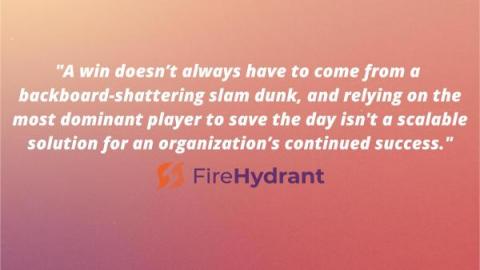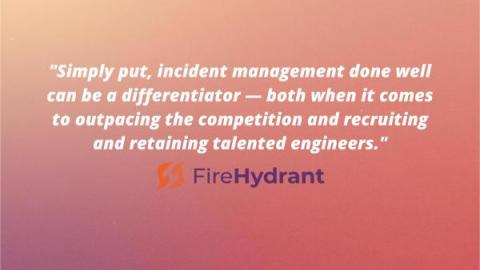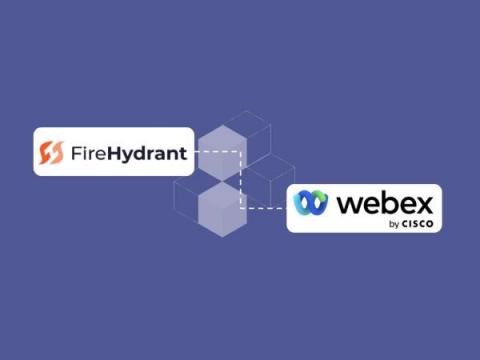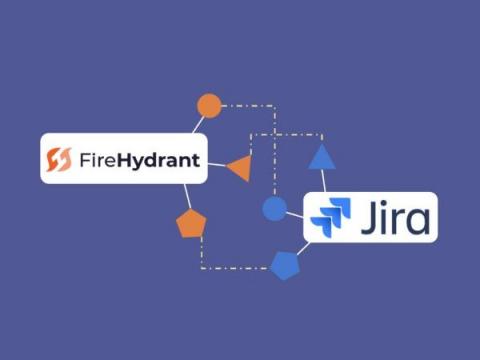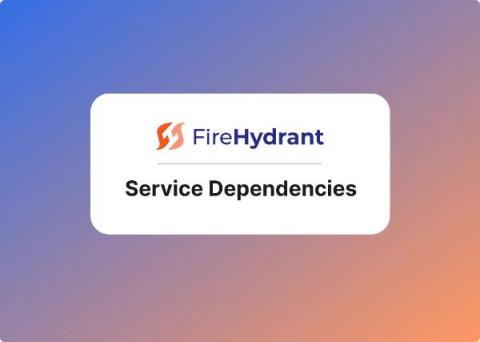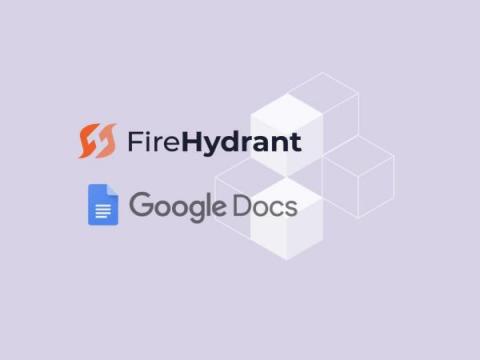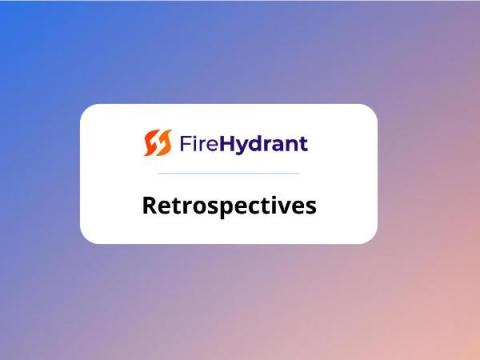3 ways to improve your incident management posture today
Too many of us are still playing whack-a-mole when it comes to incidents: an incident is declared, the on-call engineer is paged, the incident is resolved and then forgotten — until next time. It’s time to start thinking in terms of proactive incident management, not just reactive incident response.



